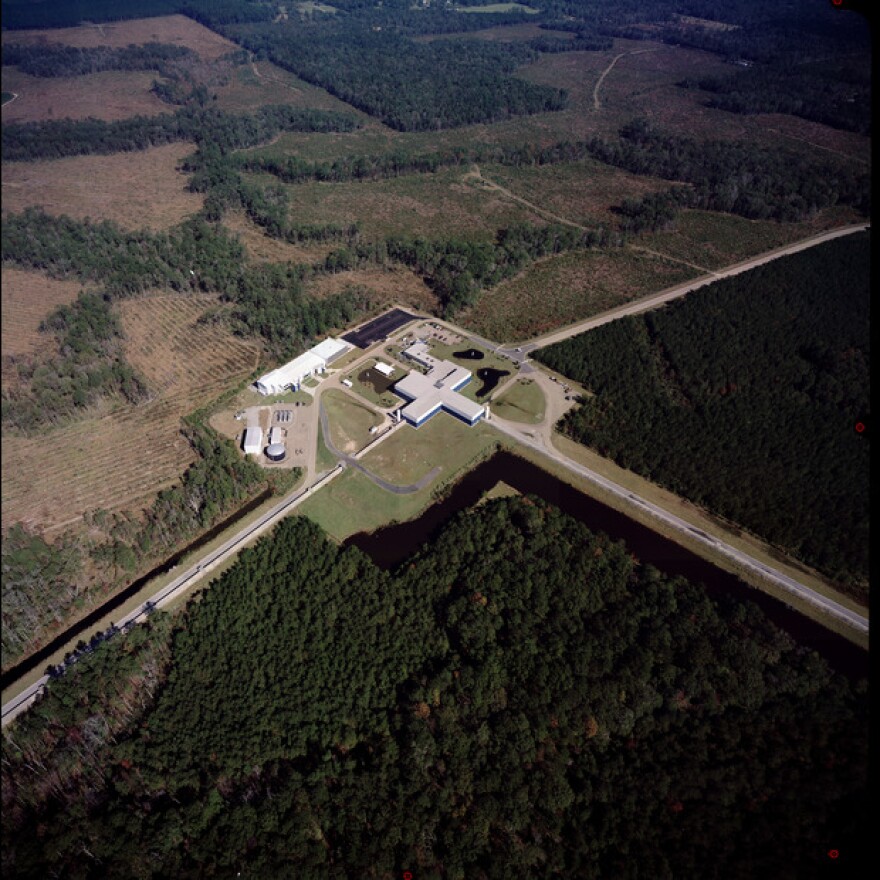In 1916, Einstein made a bold prediction-- that gravity actually travels in waves. These “gravitational waves” would be ripples in the fabric of space a bit like ripples on a pond, and would slightly stretch and squash the distances between things as they passed.
"Einstein himself who came up with the theory didn't think that would ever really be detected," says Leslie Wade, assistant professor of Physics at Kenyon College in Gambier, Ohio.
Anything with mass can make gravitational waves by moving around, but they’re so small, the only waves we could possibly see are from the most energetic events in the universe, like two black holes smashing into each other. To look for these, scientists like Leslie and Madeline Wade, assistant professors of physics at Kenyon College joined thousands of others to build LIGO, the Laser Interferometer Gravitational Wave Observatory.

"We’re essentially measuring how much the two perpendicular arms of the interferometer have moved relative to each other by measuring how much light that is being sent down these arms is constructively or destructively interfering," Madeline said.
"You can go back to figure out okay if I got this much light at my detector that meant each arm had to move by a certain amount."
It took four decades to build and tune LIGO’s 4-kilometer-long interferometers, but finally, 100 years after Einstein’s prediction, they made their first gravitational wave detection in 2015.

Exploradio Origins is a weekly feature produced in conjunction with the Institute for the Science of Origins at Case Western Reserve University. Tune in to 89.7 WKSU every Thursday afternoon during All Things Considered to listen to Exploradio Origins. You can find each segment posted online after it airs. Explore all the segments here.






